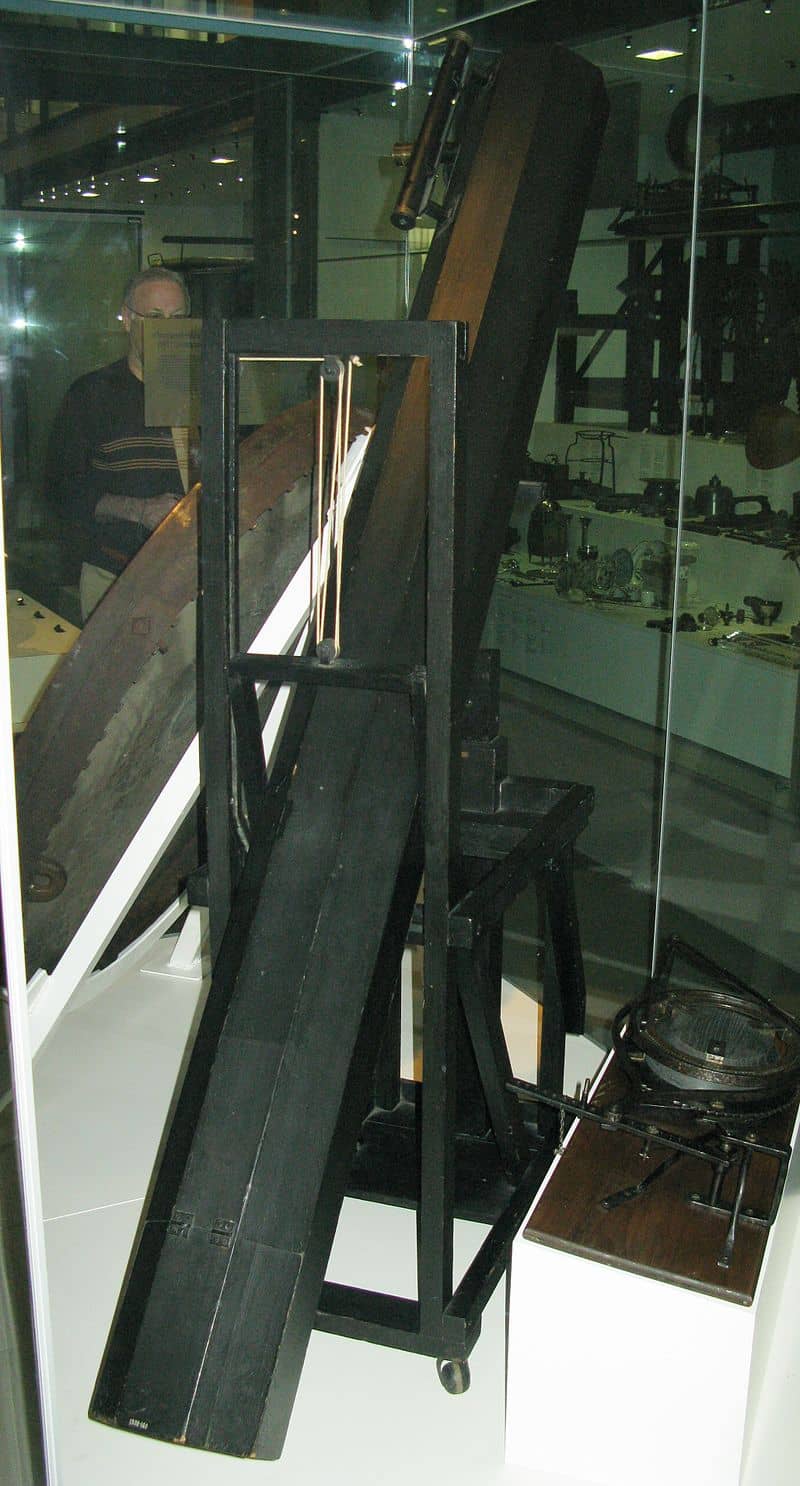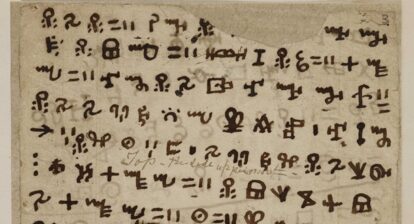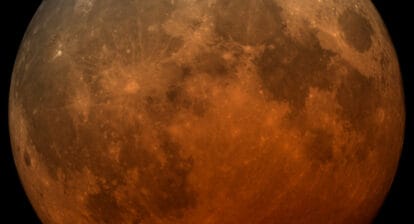Caroline Lucretia Herschel was born on March 16, 1750, Hannover, Hanover, Germany – a German born British scientist, who is considered the first professional female astronomer. She was the sister of astronomer Sir William Frederick Herschel and contributed immensely to his work, making many calculations for his studies.
But that’s not all she did. On her own she made telescopic observations, discovering three nebulae in 1783. By 1786, she had discovered a comet and then discovered seven more over the next 11 years.
Caroline had contracted typhus at the age of 10, which stunted her growth so that she was only 1.3 metres (4 ft 3 inch) tall as an adult. She was not allowed an education by her mother, who instead compelled her to work in the house. Her brother William Herschel established himself as a music teacher in Bath, England and in 1772, he took her with him. In Bath, she trained as a singer and also successfully performed as one. During this time, William also tutored her in mathematics. William discovered the planet Uranus on March 13, 1781. He described the seventh planet from the Sun as “a curious either nebulous star or perhaps a comet”. It was named for the father of the god Saturn. In 1782 both William and Caroline gave up a career in music, when William became a court astronomer to King George III. Caroline managed William’s house during this time but she also helped him with his research by grinding and polishing mirrors and also by executing extensive calculations connected with his observations.
(Grace O’Malley – Pirate Queen)
This got her interested in astronomy and she used her brother’s telescope to scan the sky, making her own observations and discoveries. Because she was effectively William’s research assistant, King George allocated her an annual salary of £50 in 1787. This made her the world’s first professional female astronomer and the first woman the first woman in England to hold a government position. She had always maintained that she wanted to be independent and earn her own salary. Her first comet discovery was in 1788, when she observed a periodic comet that was later named 35P/Herschel-Rigollet.

A telescope that William Herschel made for Caroline 1795 (Wikimedia)
In 1798, she presented an index of John Flamsteed’s (who was the first Astronomer Royal) observations, as well as a catalogue of 560 previously unknown stars, to the Royal Society. The catalogue of stars had been omitted from the publication British Catalogue, plus Caroline also provided a list of errors in the publication. In August 1799, she was recognized for her work by the royal family and was invited to spend a week in Greenwich as their guest.
(Eunice Newton Foote, the first scientist to predict global warming)
When William Herschel died in 1822, Caroline returned to Hannover and catalogued 2,500 nebulae and many star clusters. Her astronomical work compelled the Royal Society to award her its gold medal in 1828 for an ‘unpublished revision and reorganization of their work’, making her the first woman to be given that medal. The Royal Society also named her as an Honorary Member in 1835, together with Mary Somerville (another female astronomer and scientist) – another first. Caroline was 77 years old at that time. She died on January 9, 1848 in Hannover, having received the respect of her fellow astronomers and the public, for her stellar work. She is buried in Hanover and her tombstone inscription reads, “The eyes of her who is glorified here below turned to the starry heavens.”
She was awarded a Gold Medal for Science by the King of Prussia, conveyed to her by scientist Alexander von Humboldt. Asteroid 281 Lucretia is named in her honour, as are open clusters NGC 2360 (Caroline’s Cluster) and NGC 7789 (Caroline’s Rose). On November 6, 2020, an Argentinean commercial Earth observation satellite, ÑuSat 10 or “Caroline”, COSPAR 2020-079B, named after her, was launched into space.
Truly a fantastic woman
(Read about other fantastic women: Cecilia Payne and Ada Lovelace)







